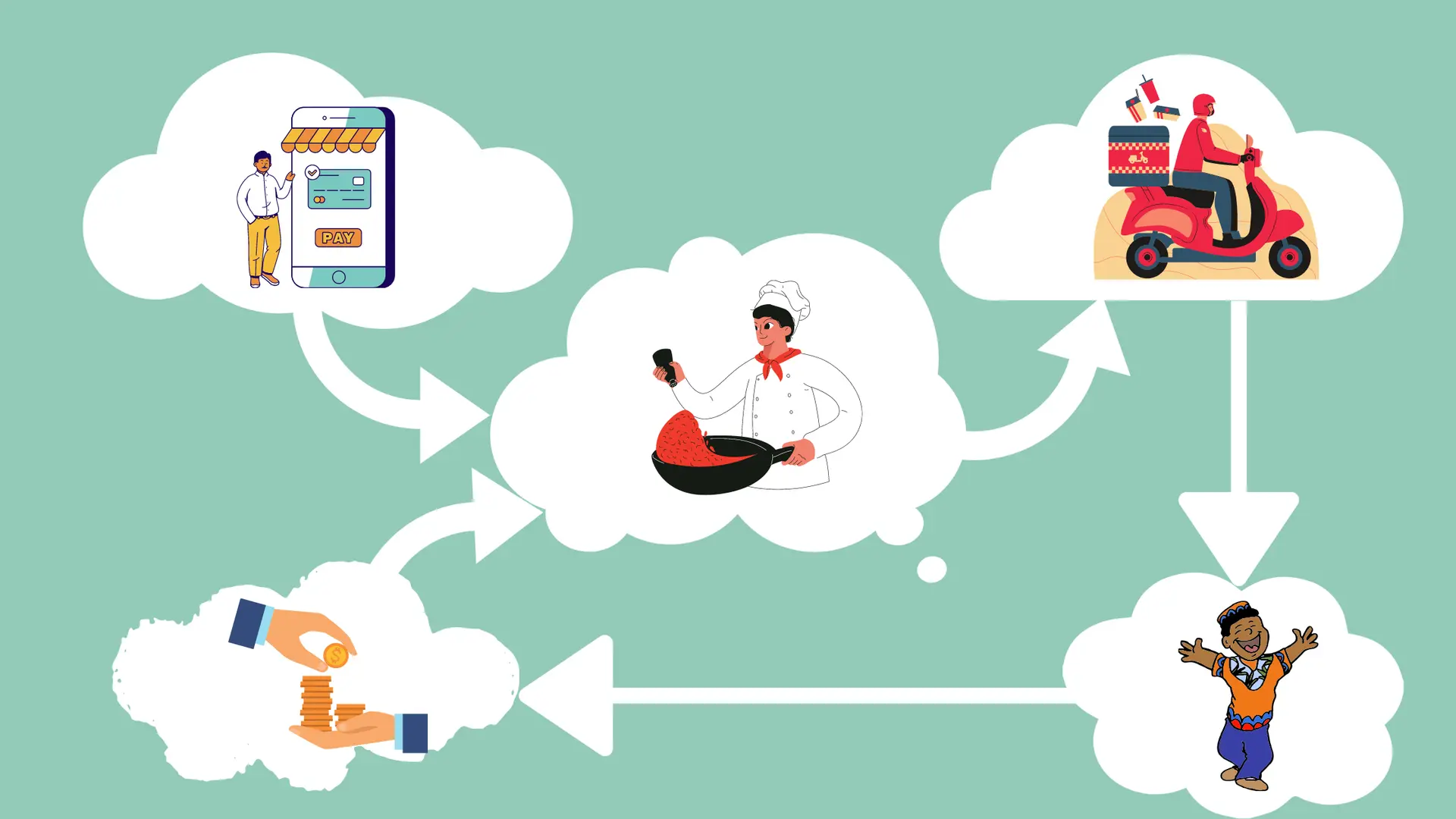Future-proofing restaurants with data and real-time insights
Digital transformation—spearheaded by cloud technology—is essential for restaurants aiming to future-proof their operations and sustain competitive advantages.
In an era marked by rapid technological advancements and evolving consumer expectations, the restaurant industry stands at a crossroads.
Digital transformation—spearheaded by cloud technology—is essential for restaurants aiming to future-proof their operations and sustain competitive advantages.
Central to this transformation is the strategic use of real-time data, which revolutionises how restaurants make decisions, streamline operations, and personalise customer experiences.
Loyalty programmes
Loyalty programmes in restaurants must be tailored to the customers’ specific needs, which vary across different dining experiences. For instance, a coffee chain like Starbucks sees frequent daily visits, making simple loyalty points based on visit frequency effective. It successfully implements reward programmes that encourage daily purchases by offering free drinks after a certain number of purchases or on special occasions, like birthdays.
In contrast, fine dining establishments operate differently. They might see customers less frequently, but the focus is on maximising the lifetime value of each customer.
For example, a high-end restaurant might use data to track the preferences of repeat customers, offering personalised discounts or exclusive menu previews to encourage return visits. This approach fosters loyalty and enhances the overall dining experience by making it feel more exclusive and tailored to individual tastes.
Menu optimisation
Effective menu optimisation is driven by insightful data analysis. A striking example is the fast-food chain Chipotle, which uses sales data to determine the popularity of certain dishes, leading to informed decisions about which items to promote and which to reformulate or remove.
This data-driven strategy is evidenced in its introduction of new menu items like the carne asada, which was tested in select markets in the US before rolling out nationally after positive customer feedback.
Moreover, leveraging data allows for dynamic menu pricing. For instance, restaurants might use data to adjust prices during different times of the day or days of the week to manage demand and maximise revenue, similar to surge pricing models used by ride-sharing services.
Revenue enhancement
The Pareto Principle, where 80% of sales come from 20% of items, holds in many restaurant operations. Understanding this principle through data allows restaurants to focus on promoting and refining their best sellers.
For example, a well-known pizza chain may discover through data analysis that certain toppings are far more popular than others. It might decide to offer deals on these popular pizzas during major sports events, maximising sales and customer engagement.
Further, data-driven cross-selling and up-selling strategies enhance revenue. For instance, when a customer orders a burger, data can prompt servers to suggest high-margin add-ons like speciality drinks or desserts, boosting average ticket sizes.
This strategy is employed effectively by chains like McDonald’s, where meal deals are designed based on data about customer preferences and buying behaviour.
Operational efficiency
Real-time data profoundly impacts operational efficiency. Domino’s Pizza, for example, uses real-time data tracking to optimise delivery routes, reducing wait times and ensuring hot, fresh deliveries. This logistical efficiency improves customer satisfaction and reduces costs associated with deliveries.
Similarly, inventory management benefits greatly from real-time data. Restaurants can predict stock needs more accurately, reducing waste and ensuring the availability of ingredients.
It is particularly important for items with limited shelf life, where accurate demand forecasting can significantly reduce waste, thus saving costs and supporting sustainability efforts.
Adapting to market dynamics
Another significant advantage of real-time data is the ability to adapt quickly to changing market conditions. During the pandemic, many restaurants swiftly adapted their business models to focus more on takeout and delivery, guided by real-time data insights. This shift was supported by data showing a surge in demand for takeout services.
Building a data-driven culture
Implementing a data-driven culture within a restaurant’s operations is no small feat but is essential for sustained success and innovation. Establishments like Shake Shack have excelled by integrating data analytics into every level of operation—from menu decisions to staffing requirements—ensuring each decision is backed by solid data, reducing guesswork, and enhancing efficiency.
In sum, embracing real-time data analytics equips restaurants to meet the challenges of today’s dynamic market landscape, ensuring they survive and thrive by continually adapting to and anticipating their customers’ needs.
Ashish Tulsian is the Co-founder and CEO of Restroworks.
Edited by Suman Singh
(Disclaimer: The views and opinions expressed in this article are those of the author and do not necessarily reflect the views of YourStory.)









